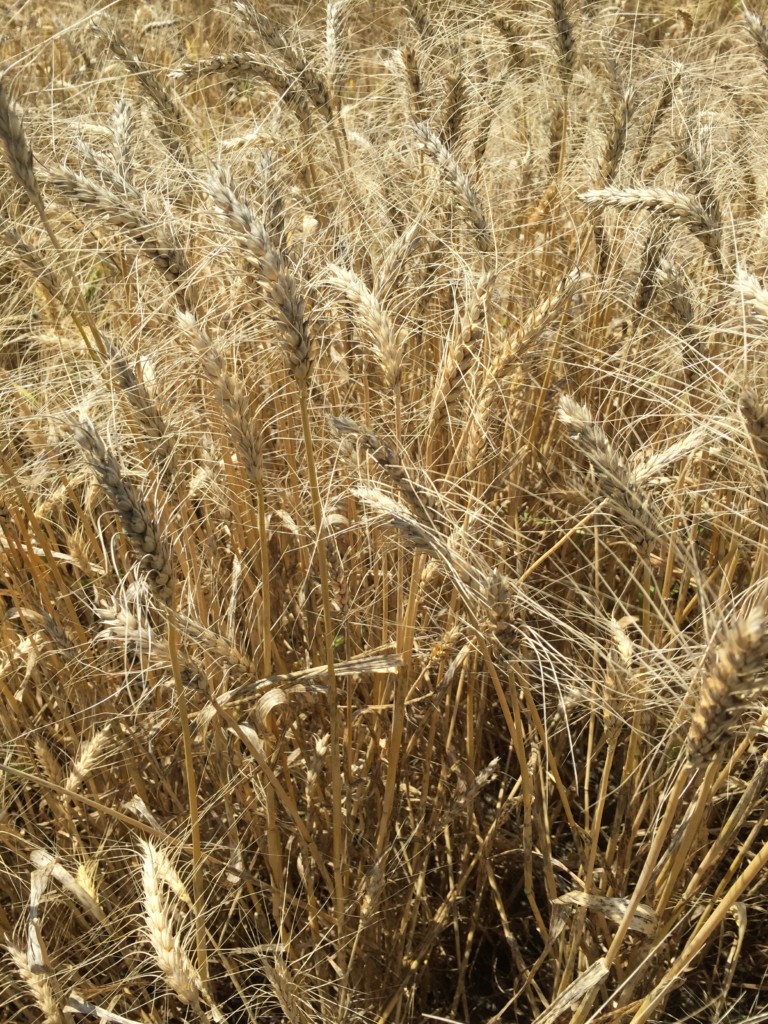I wanted to pass along some info on grain drying and stored insect management sent this week from our Grains Agronomist.
We want to get our small grains out quickly as quality can drop fast and they can sprout if exposed to rainy weather very long like we are starting to get in some parts of the state.
Below is harvest info from the Southern Small Grains Resource Management Handbook that can be accessed here…
https://secure.caes.uga.edu/extension/publications/files/pdf/B%20873_4.PDF

Wheat DRYING FOR IMMEDIATE SALE OR STORAGE
If the crop is being dried for immediate sale or for short-term storage (30 to 60 days), the moisture content should be reduced only to the extent necessary to meet market grade.
Because grain standards no longer relate moisture and grade, determine what is the maximum moisture acceptable without dockage. For example, if you determine wheat can be sold without dockage at 13.5 percent, then dry only to that level. Any further drying is money lost. If the grain is to be stored for very long, it must be dried further. Maximum grain moisture contents considered safe for 12-month storage for all small grains are 12 percent in northern Georgia and 11 percent in South Georgia. Moisture contents lower than these would, of course, be safer. The maximum storage moisture contents require management and aeration during storage. Reduce by 1 percent for poor quality grain, such as grain damaged by blight, drought, etc. Reduce by 2 percent for non-aerated storage.
Oat Grain Harvesting and Drying
Oats should be harvested as soon as the grain moisture content drops to 13 percent. Rain or dew will cause discoloration of the grain and will lessen the marketability of the crop. Combining at high moisture (15 percent) and artificial drying may be warranted if kernel brightness is important. If drying is necessary, temperatures no higher than 110°F should be used for oats intended for seed. Oats to be fed can be dried at temperatures up to 200°F. The minimum air flow rates and maximum first-layer depths for in-storage drying are in Table 39.
Table 39. The maximum air flow rates and maximum depth of first layer of in-storage drying oats at different moisture contents
| Moisture content(%) | Air flow required (cfm/bu) | Max. depth of first layera (ft) | Approx. static pressureb(in.) |
| 20 | 2.5 | 6 | 1.9 |
| 18 | 2.2 | 7 | 2.3 |
| 16 | 1.5 | 8 | 1.7 |
| 14 | 1.0 | 10 | 1.8 |
b Pressures given include 0.25 in. for duct losses.
Stored Product Insect Management, a very useful UGA document, is at this link…